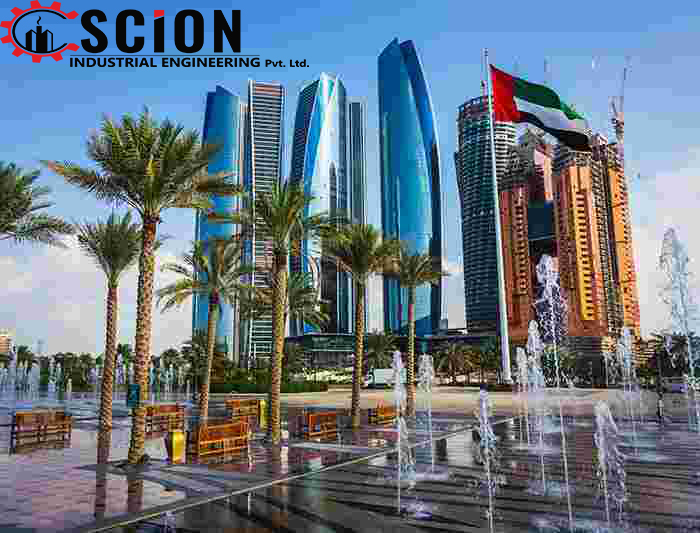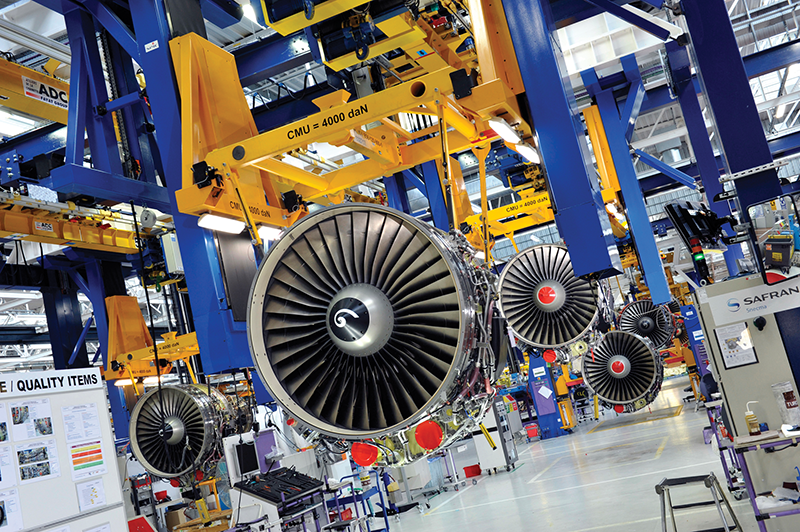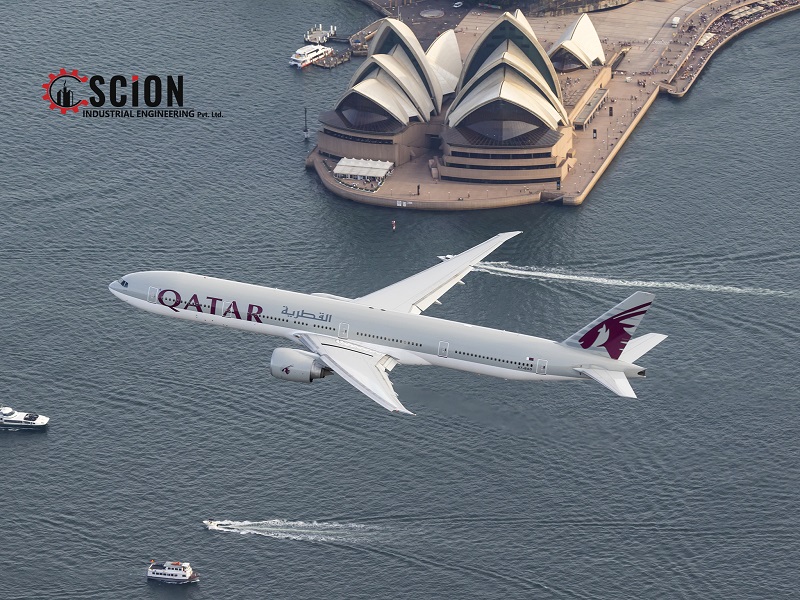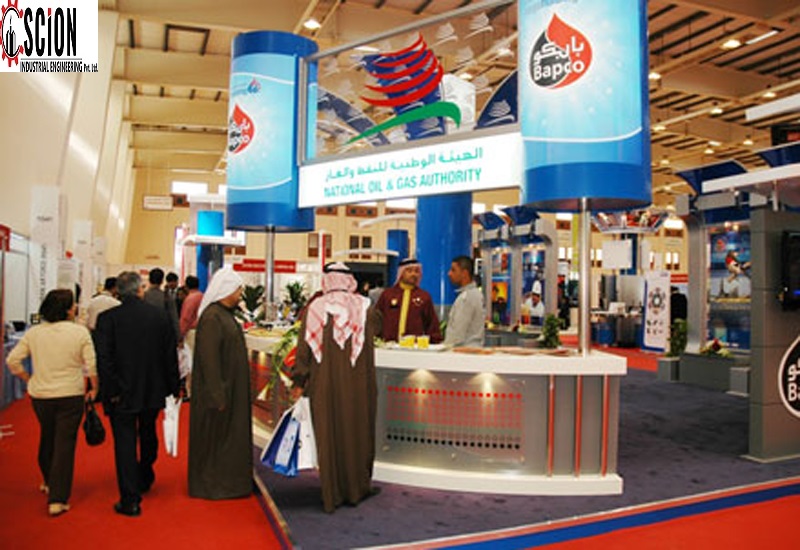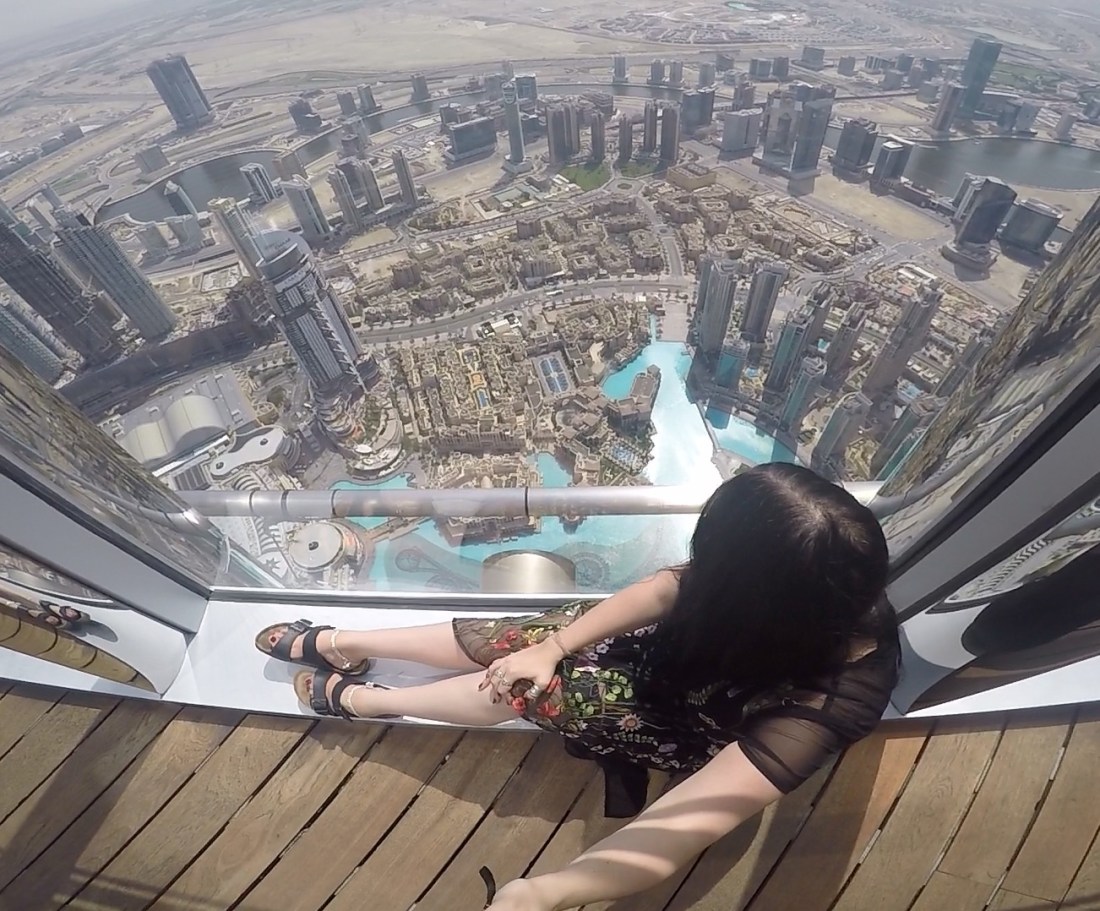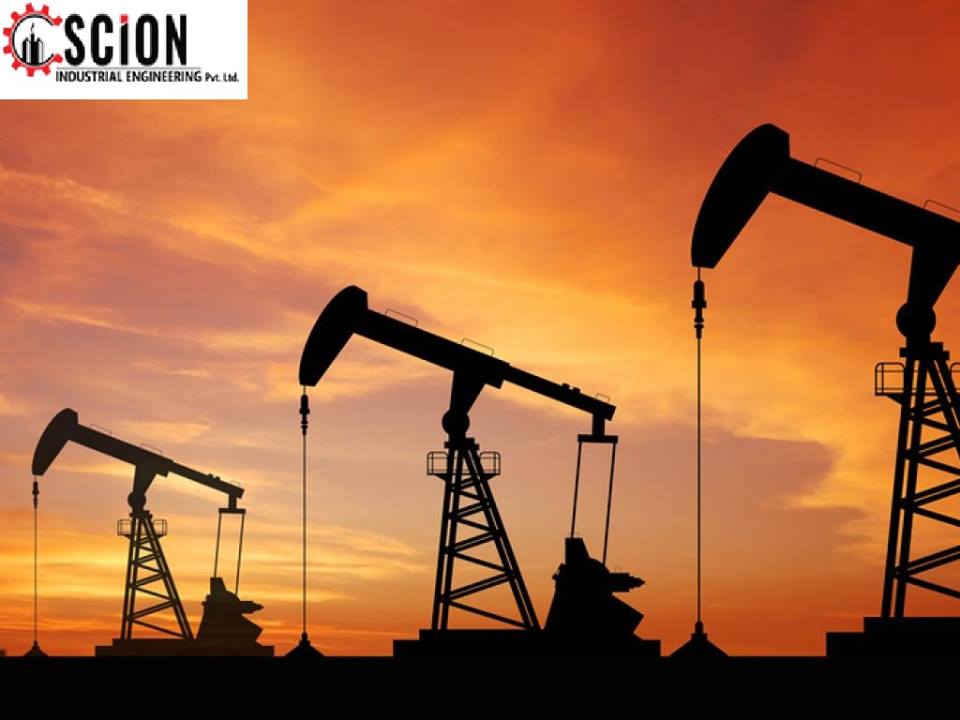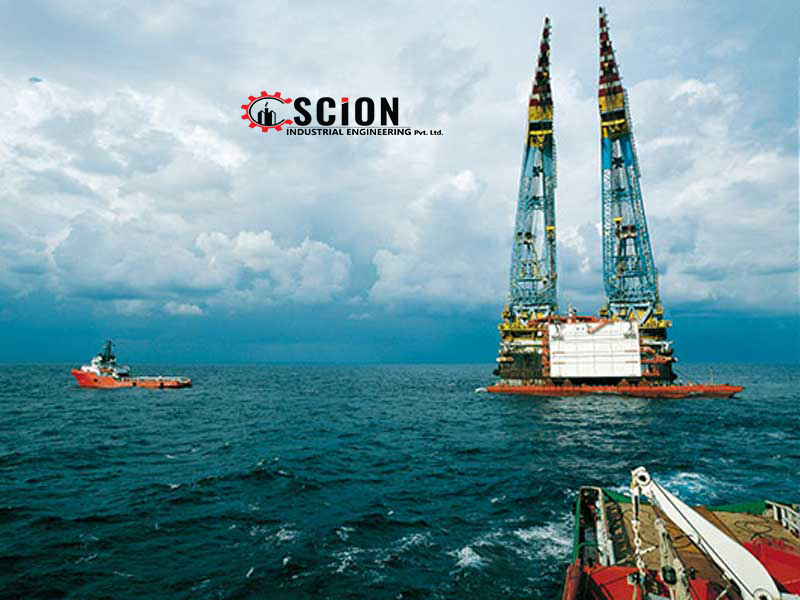Before the start of the 2022 FIFA World Cup, real estate prices were surging in Qatar and neighboring countries, causing people to rent their properties at high prices and cash in on the increased market demand.
Taking place in the Arab world for the first time, the 2022 FIFA World Cup is an unprecedented event.
During the tournament, FIFA Tournament Time Demand Model has forecast that upward of 1.7 million people will visit the host country, with 500,000 visitors on the busiest days. Because of this, visitors to the emirate of just 2.8 million people are concerned about accommodation or prefer to stay in neighboring countries.
Despite some concerns, organizers are reassuring people there would be enough accommodation for all fans. Thousands of hotel rooms FIFA had reserved were recently released to ease the crunch, possibly decreasing prices.
The authorities have continued to provide housing to all World Cup fans. Still, according to Doha News, landlords have recently capitalized on the opportunity to charge outrageous prices, though residents claim this is at their expense.
Doha News reported that residents are being evicted, asked to sign short-term or 24-month lease agreements, or even had their rent raised significantly.
The World Cup is widely responsible for this situation, with many believing landlords are trying to take advantage of the visitors’ profits, making living conditions challenging for long-term residents, Doha News added.
According to Qatari law, a lease renewal can increase rent by up to 10 percent. Still, Anum Hassan, head of research for Valustrat’s Qatar office, disclosed that rents have increased by 40 percent in some districts of Doha over the past year.
During the World Cup period in 2022, the government removed the price cap, allowing landlords to charge between SR15,500 ($4,124) and SR20,600 per night.
Booking a villa through Airbnb for 29 days of the World Cup costs at least SR48,860, but prices can reach hundreds of thousands.
Despite this, the real estate market continues to benefit from the games. A recent report from Property Finder, one of the region’s leading property technology companies, revealed a 2.97 percent increase in residential sales in September and October due to this month’s FIFA World Cup.
Afaf Hashim, the country manager at Property Finder in Qatar, said: “Investors and first-time property purchasers are now more confident to invest in the Qatari property market in response to renowned sporting events happening in the country.”
“The Ministry of Justice is also taking the required actions to make the market more transparent, which will pave the way for further investments shortly,” she added.
According to the report, investors and end-users are increasingly interested in properties listed for sale in Qatar, which has recently emerged as a hot spot for property investment.
There was a 4.98 percent increase in leads but a 7.71 percent increase in impressions. Some areas saw considerable gains in rental prices, while others saw substantial declines. For instance, Al-Hilal’s rent fell by 83.9 percent, while Salata’s increased by 93.75 percent.
Adam Stewart, the Qatar head of Knight Frank, told Arab News that the tourism and hospitality sector will contribute 12 percent of the country’s gross domestic product by 2030, worth about $55 billion, by which time tourist arrivals are projected to reach 7 million.
Set the ball rolling
Knight Frank does not expect a slowdown in the Dubai real estate market’s demand in the short to medium term; in fact, the opposite is expected, Faisal Durrani, partner and head of research in the Middle East at Knight Frank, told Arab News.
“The mainstream market is expected to register price growth of 5-7 percent by the end of 2022, with a similar figure expected in 2023,” he said.
He also added that a new wave of tourism is expected in Saudi Arabia’s Dammam Metropolitan Area following the 2022 FIFA World Cup.
“Following the Saudi government’s recent announcement to allow Qatar World Cup ticket holders easy access to multiple entry tourist visas, the Kingdom is expecting to play host to some of the football fans unable to be accommodated in Qatar,” he said.
As a result of its proximity to Qatar and relative affordability, Dammam is expected to be a popular alternative to Dubai, Abu Dhabi and Manama during the World Cup, he added.
However, Alex Galtsev, founder and CEO of Realiste, a personal artificial intelligence firm on real estate investing, believes Qatar’s FIFA 2022 World Cup will benefit the Middle East real estate market.
“As a major tourist attraction and financial hub in the region, Dubai will be the main beneficiary outside Qatar,” he told Arab News.
There has already been an increase in demand for local hotel chains and resorts. “Because of limited accommodation options, tourists had to seek alternative options that were more affordable, such as short-term rentals. In turn, this has led to a 50 percent increase in rental prices in Dubai over the last three months,” Galtsev added.
Qatar’s FIFA guests opted for areas near downtown where the major tourist attractions are located rather than cheap suburban locations surrounded by desert. As a result, the districts near the waterfront are the following most popular renting areas.
However, Galtsev said that the demand for the short-time rental would significantly decrease after the event.
Despite these soaring prices and owners renting out their properties, what matters is the result and how they will affect the market overall.
Source:https://www.arabnews.com/node/2206741/business-economy

